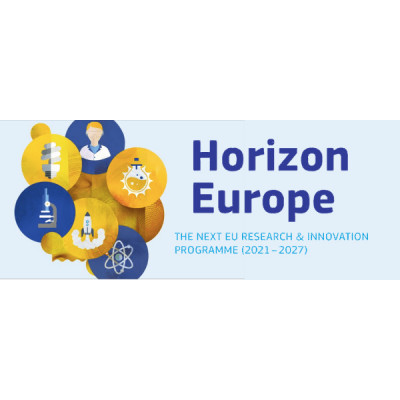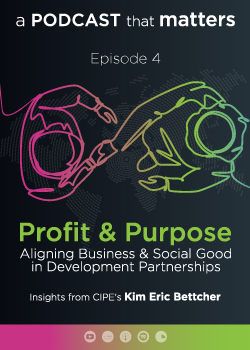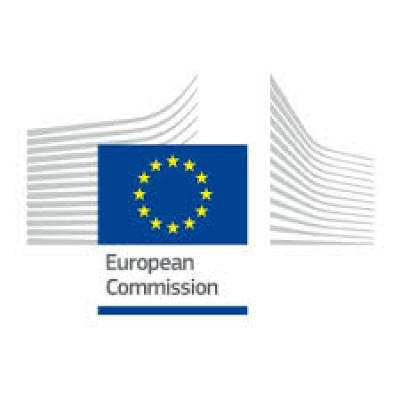
New Approaches to Develop Enhanced Safety Materials for Gen 3 Li-Ion Batteries for Mobility Applications (Batt4EU Partnership)
Details
Description
Call updates
Oct 16, 2023 2:26:04 PM
The call for proposals HORIZON-CL5-2023-D2-02 closed on 19/09/2023. 36 proposals were submitted to the call. The breakdown per topic is:
HORIZON-CL5-2023-D2-02-02 (RIA): 19 proposals
Sep 5, 2023 11:40:02 AM
Following an update in topic HORIZON-CL5-2023-D2-02-02, the call deadline for call HORIZON-CL5-2023-D2-02 (all three topics) has been extended from 05/09/2023 to 19/09/2023.
May 5, 2023 10:57:58 AM
The submission session is now available for: HORIZON-CL5-2023-D2-02-02(HORIZON-RIA)
New Approaches to Develop Enhanced Safety Materials for Gen 3 Li-Ion Batteries for Mobility Applications (Batt4EU Partnership)
TOPIC ID: HORIZON-CL5-2023-D2-02-02
Programme: Horizon Europe Framework Programme (HORIZON)
Call: Cross-sectoral solutions for the climate transition (HORIZON-CL5-2023-D2-02)
Type of action: HORIZON-RIA HORIZON Research and Innovation Actions
Type of MGA: HORIZON Action Grant Budget-Based [HORIZON-AG]
Deadline model: single-stage
Planned opening date: 04 May 2023
Deadline date: 05 September 2023 17:00:00 Brussels time
Projects are expected to contribute to all of the following outcomes:
- Advanced Li-ion batteries with enhanced safety behaviour.
- Advanced materials which lead to improved cyclability (15% increase in cyclability by 2030 compared to 2019 base levels) and operational lifetime (a doubling of lifetime by 2030 compared to 2019 base levels), whilst maintaining competitive performance for cost, energy and power density with state-of-art advanced materials for Li-ion batteries.
- Improved sustainability and recyclability, in line with the recycled content, recycling efficiency and material recovery targets included in the proposed Batteries Regulation[1].
- A defined concept for demonstrable, highly sustainable, circular manufacturing for the selected advanced materials at Gigafactory scale, with sustainability measured in terms of recognised economic, environmental, social and ethical metrics.
- The improvement in safety has to be demonstrated at representative cell level for mobility applications by direct comparison with SOA Gen. 3 cells tested at the beginning of the project.
- A EUCAR Hazard Level of 3 or other equivalent mobility standard should be validated.
This topic aims at developing safer materials for high-performing cells by targeted modification in main cell components, namely the cathode, anode, separator and electrolyte. Solutions to common safety hazards have to be covered through a comprehensive design of new materials for at least three of following components:
- New cathode materials with no exothermal decomposition/reactions, reduced probability for oxygen and other gasses release, and preventing corrosion at current collector. Development can include the following approaches/strategies at different levels:
- Doping strategies or surface coating materials leading to more robust and effective cathode electrolyte interphase (CEI).
- Design of high-capacity cathode materials based on safer chemistries (e.g. stabilized Li-rich layered oxides, disordered rock salts, polyanionic materials…).
- Design high-voltage cathodes and high voltage anodes in order to combine them in a high energy cell, with sufficiently high operating voltage to avoid stripping/plating of lithium.
- Innovative approaches of cathode structuring to mitigate heat generation, including with toxic gas releases, in abuse conditions.
- New stable anode materials and electrode designs with non-swelling, or low degree of expansion over the whole cell lifetime, with no decomposition/exfoliation, high resistance against Li-dendrite formation – specially at high anode rate capabilities, and favouring the formation of a thermally stable, and low-resistivity SEI. Development can include the following approaches/strategies at different levels:
- Design and development of new systems with higher standard potential compared to lithium stripping/plating. (High SiOx, Si/C, etc. content).
- Surface coating materials for more robust and effective SEI.
- New approaches to minimize material/anode swelling and expansion during cycling, including anode manufacturing (polymeric and ceramic coating-based approaches, etc.) and structuring the anode-current collector interface.
- New electrolyte formulations with shear thickening, flame retardant and over-charge/discharge properties, maintained high ionic conductivity, broad electrochemical stability i.e., voltage-operating window, and high onset point for Li-dendrite formation, SEI decomposition and CEI effectiveness. Development can include the following approaches/strategies at different levels:
- (Multi-)functional additives for SEI and CEI stabilisation and protection on anode and cathode such as flame-retardant additives or solvents, ionic conductivity boosters, stability window promoters, etc.
- Addition of selective particles (i.e. oxides, etc.) to hinder mechanical abuse and improve shear thickening behaviour.
- New separator materials with flame retardant and improved ion transport capabilities, high melting point, and mechanical stability
- New binder materials with thermal, mechanical and electrochemical stability (self-healing systems), low ionic and electrical resistance, improved adhesion and cohesion, and preventing swelling and porosity reduction in electrodes.
Projects need to justify the relevance of the selected components which will be addressed and how the new materials, and the combination of them, will lead to better safety outcomes.
Plans for the exploitation and dissemination of results for proposals submitted under this topic should include a strong business case and sound exploitation strategy, as outlined in the introduction to this Destination. The exploitation plans should include preliminary plans for scalability, commercialisation, and deployment (feasibility study, business plan).
In order to achieve the expected outcomes, international cooperation is encouraged, in particular with the USA.
Projects may collaborate and/or contribute to the activities of the Coordination and Support Action defined under the topic HORIZON-CL5-2022-D2-01-08.
This topic implements the co-programmed European Partnership on Batteries (Batt4EU). As such, projects resulting from this topic will be expected to report on the results to the European Partnership on Batteries (Batt4EU) in support of the monitoring of its KPIs.
Specific Topic Conditions:Activities are expected to achieve TRL 5 by the end of the project – see General Annex B.
[1]COM(2020) 798 final, Proposal for a Regulation of the European Parliament and of the Council concerning batteries and waste batteries, repealing Directive 2006/66/EC and amending Regulation (EU) No 2019/1020



